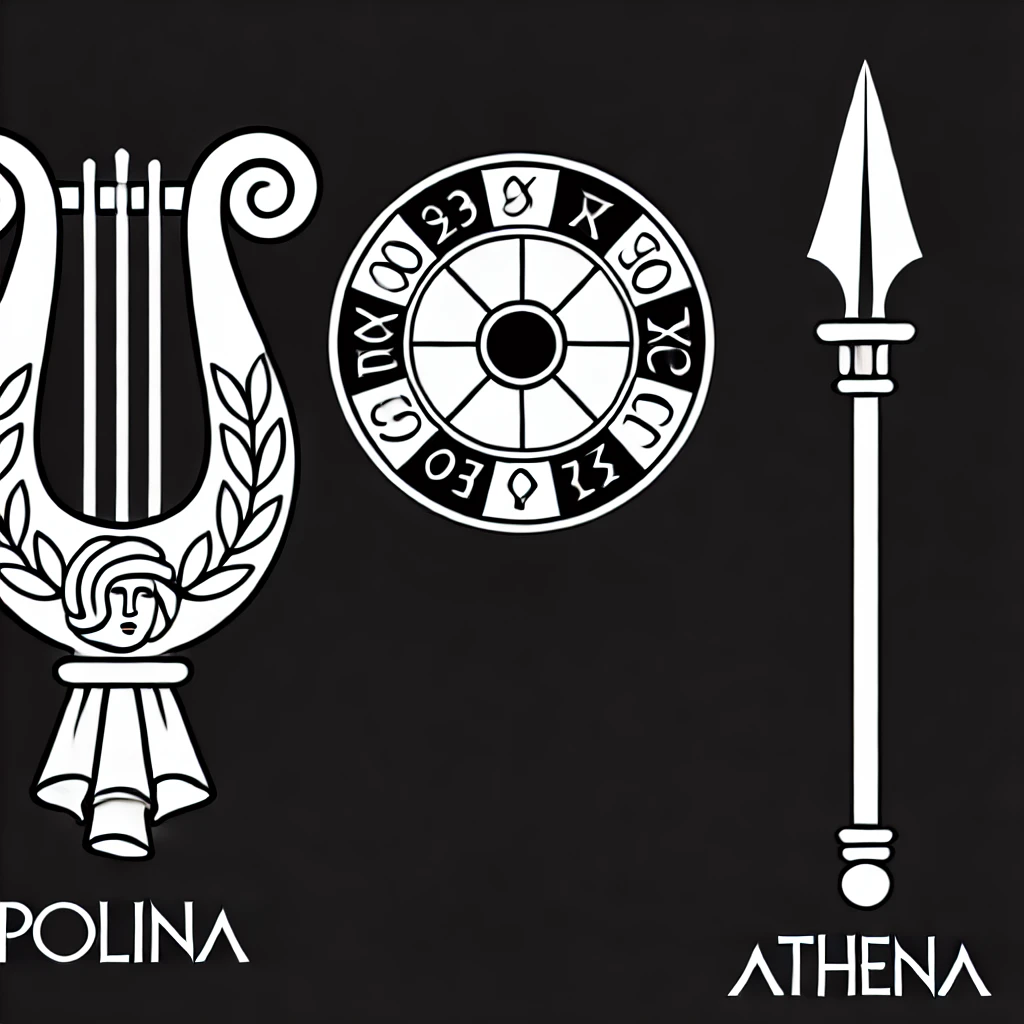Pharrel#
Bet, Gamble, or Investment?#
“I tried 1000 times” embodies the risk of persistence far more than the resources
Gamble, Bet, or Investment?#
Pharrell’s “Piece by Piece” resonates deeply with the R-cubed framework, where strategy, equilibria, and payoff guide the analysis of risk, effort, and eventual reward. This structure frames the emotional journey of persistence and creativity within adversarial, transactional, and cooperative dynamics.
1. Strategy: Confronting the Unknown#
The driving strategy in the song is persistence through uncertainty, captured by the refrain, “I tried 1000 times.” This iterative process reflects a deliberate approach to learning and adapting:
Gamble (Adversarial Strategy):
Each attempt is a leap into incomplete information. The stakes are high, and the path forward is uncertain, but the protagonist confronts the emotional and mental risk of failure head-on. Doubters and external judgment further heighten the adversarial stakes, demanding resilience.Bet (Iterative Strategy):
Progress unfolds piece by piece—a measured, transactional process. Like testing a hypothesis or stacking incremental bets, each step builds on the lessons of the last, guided by a clear vision of what the final outcome could be.Investment (Cooperative Strategy):
Trust in one’s abilities and the cumulative strength of effort transforms the process into an investment. By committing to a well-aligned system—creativity, skills, and resilience—the protagonist adopts a long-term strategy to achieve their vision.
3. Payoff: Triumph and Momentum#
The payoff in “Piece by Piece” is a deeply layered reward:
Emotional Fulfillment:
Success after “1000 tries” validates the persistence and risk. The protagonist experiences a profound sense of accomplishment, symbolized by triumph over doubt and ridicule (“If they hated, now they want to die”).Validation and Recognition:
External acknowledgment amplifies the reward, as skeptics transform into admirers. The payoff is not just personal but relational, shifting the perception of others.Momentum for Growth:
The imagery of stacking bricks high conveys not just a singular success but an ongoing trajectory of achievement. This builds confidence and fuels further creative endeavors, reinforcing the investment.
Final Reflection: Strategy, Equilibria, and Payoff#
Pharrell’s “Piece by Piece” embodies the R-cubed framework of strategy, equilibria, and payoff:
Strategy: Confronting adversity through persistence, balancing iterative learning with long-term trust.
Equilibria: Shifting from adversarial risk to transactional growth and, ultimately, cooperative momentum.
Payoff: A richly earned sense of fulfillment, recognition, and ongoing progress.
This layered progression reflects the transformation of a gamble into a bet, culminating in a powerful investment in oneself and the process. Each step builds on the last, turning uncertainty into triumph—piece by piece.

